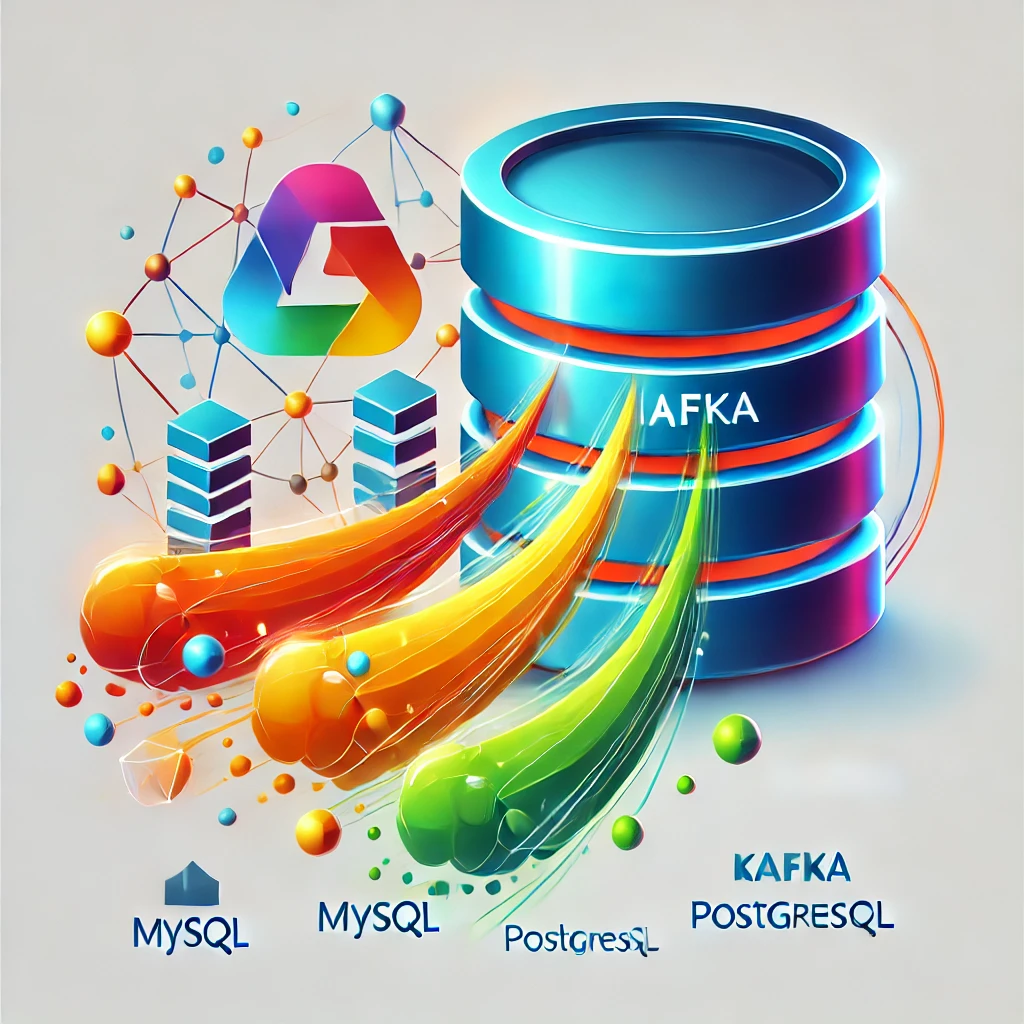Emotional Intelligence, Courage and Service

Leadership is not just a role—it is a calling to inspire, to challenge, and to serve. At its core, true leadership combines emotional intelligence with the courage to ask the tough questions, confront assumptions, and take calculated risks to advance a greater purpose. It is about navigating complexity with heart and vision, even when the path is unclear.
Emotional Intelligence: The Foundation of Leadership
True leadership begins with emotional intelligence—the ability to connect deeply, understand empathetically, and respond thoughtfully. Leaders with emotional intelligence create environments where people feel seen, heard, and valued. They listen not just to words but to the unspoken dynamics that shape a team’s energy and motivation.
This human-centered approach builds trust, which is the foundation of any successful team or organization. Yet, emotional intelligence alone is not enough. Effective leaders must also have the courage to disrupt comfort zones and address hard truths.
The Courage to Challenge Assumptions
Leadership demands bravery—the kind that drives innovation and progress. Leaders must have the guts to ask uncomfortable questions, challenge outdated beliefs, and explore new possibilities. This courage is not about seeking conflict but about seeking clarity and driving transformation.
Challenging assumptions often requires stepping into difficult conversations and addressing issues that others shy away from. It might mean facing resistance or even risking temporary goodwill. But it is this boldness that lights the way for meaningful growth and resilience.
Great leaders don’t shy away from the unknown; they embrace it as an opportunity to learn and lead by example. It is their willingness to confront what is uncomfortable that propels organizations forward.
Commitment to Service
Leadership is ultimately an act of service. The best leaders understand that their success is measured by the growth, empowerment, and well-being of those they lead. They see themselves as stewards, creating opportunities for others to thrive and reach their full potential.
This commitment to service requires humility—the ability to prioritize the needs of others over personal ambition. It also requires strength—the resilience to guide others through challenges while maintaining unwavering focus on a shared vision. Serving others is not about control but about enabling collective success.
Leading with Heart and Vision
Leadership is not for the faint-hearted. It requires a deep sense of purpose, the courage to face criticism, and the resilience to weather the storms of change. Leaders who combine emotional intelligence, courage, and service inspire those around them to aim higher, think bigger, and believe in their potential.
True leadership transforms not only organizations but also the people within them. It fosters a culture of trust, innovation, and shared purpose. For those willing to embrace its challenges, leadership is more than a responsibility—it is a legacy of impact and inspiration.





